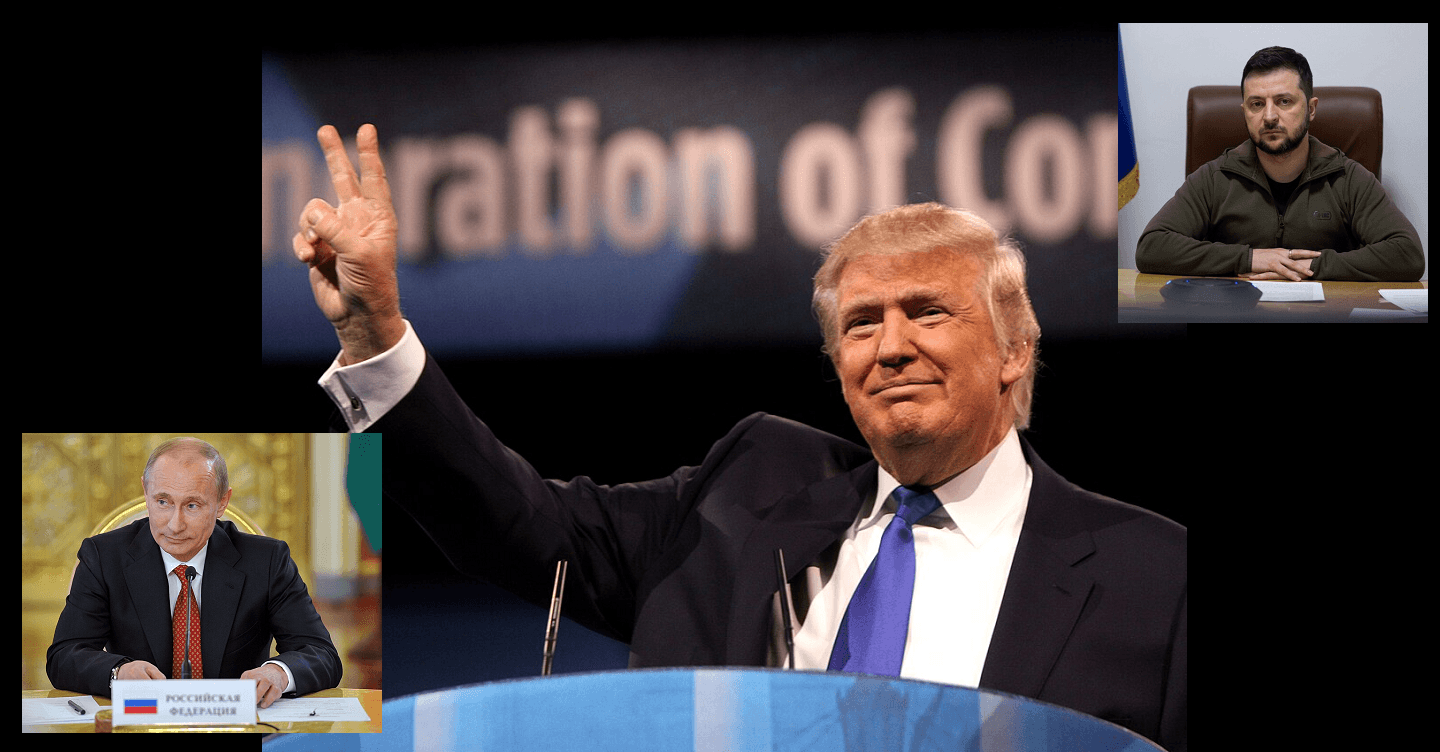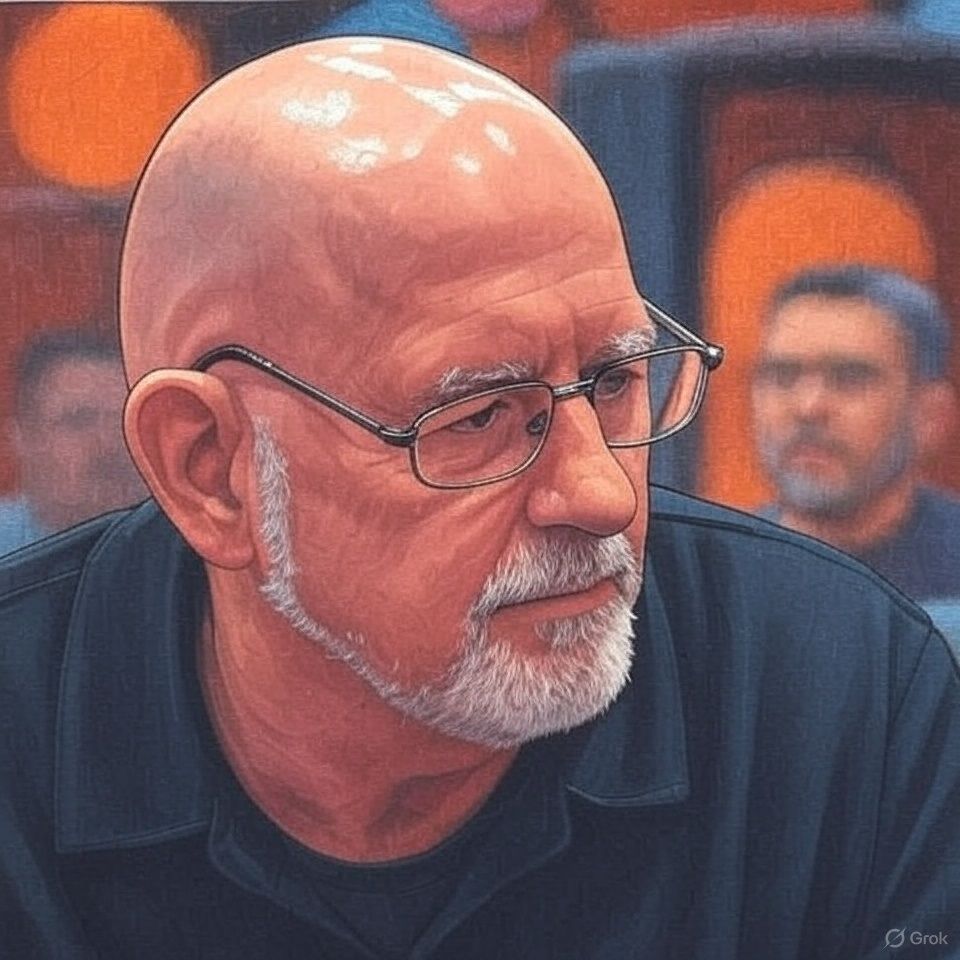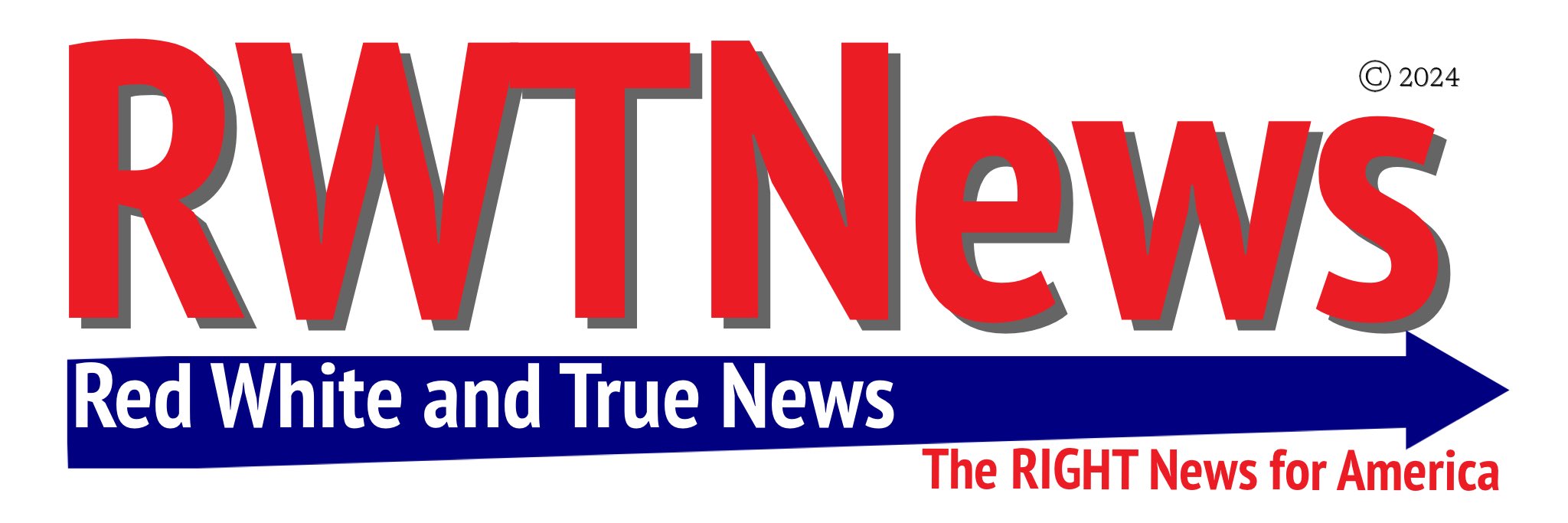
World News / Politics
Trump-Putin Summit in Alaska: A Bold Bid for Peace or Another Stalemate?
Will this summit forge a lasting truce, saving lives and resources, or merely pause hostilities, allowing Russia to regroup?

Tommy Flynn
August 9, 2025 - President Donald Trump's announcement of a high-stakes summit with Russian President Vladimir Putin on August 15 in Alaska has ignited hope for ending the grueling Ukraine war, now in its third year, while raising questions about whether true peace is within reach. Set against the backdrop of America's northern frontier—a location symbolizing strategic detachment from European entanglements—the meeting aims to negotiate a ceasefire that could halt the bloodshed draining global resources and American taxpayer dollars. Trump, leveraging his deal-making prowess, has positioned this as a direct result of his administration's tough stance, including threats of sanctions and tariffs on Russia and its trading partners like China and India if no progress is made. "Putin wants to see peace, and Zelenskyy wants to see peace," Trump stated at the White House, hinting at "some swapping of territories to the betterment of both" to resolve the conflict that has claimed hundreds of thousands of lives and destabilized energy markets worldwide. This approach reflects a pragmatic reset after years of endless aid under previous leadership, prioritizing American interests in stabilizing global trade and reducing foreign commitments.
From Russia's side, Putin has expressed eagerness for the talks, with his aide confirming the August 15 date and describing recent discussions with Trump's envoy Steve Witkoff as constructive. Moscow's demands remain firm: full control over the Donbas region, including Donetsk and Luhansk, plus recognition of Crimea—annexed in 2014—as Russian territory. Putin has signaled willingness to halt offensives in Kherson and Zaporizhzhia along current lines, but only if these gains are locked in, viewing the summit as an opportunity to solidify Russia's position without further escalation. This stance aligns with Putin's narrative of defending ethnic Russians in Ukraine, though it risks rewarding aggression that has ravaged infrastructure and displaced millions. Trump's pressure, including repositioning nuclear submarines and imposing tariffs on Indian goods tied to Russian oil, has apparently pushed Putin to the table, but Moscow insists on no NATO expansion for Ukraine as a non-negotiable red line.
Ukraine's President Volodymyr Zelenskyy, however, has struck a defiant tone, emphasizing that any deal excluding Kyiv "will never work" and vowing not to "gift" land to the occupier. In his evening address, Zelenskyy acknowledged ongoing communications with the U.S. and the potential for a ceasefire through "adequate pressure on Russia," but reiterated that Ukraine will not cede territory, calling for a "real, living peace" that upholds sovereignty. He dismissed the bilateral summit as insufficient without Ukrainian involvement, warning it could undermine efforts and stressing constitutional bars on surrendering land. While flexible on some fronts, such as pursuing European alliances, Zelenskyy demands Russian withdrawal from occupied areas and accountability for war crimes, viewing territorial concessions as politically suicidal and a betrayal of Ukraine's fighters. Allies like Poland's Prime Minister Donald Tusk echo optimism for a "freeze" but caution it's Zelenskyy's call, highlighting the need for European input to prevent a raw deal.
The choice of Alaska evokes historical diplomacy, recalling the 2021 U.S.-China talks in Anchorage that devolved into public clashes, underscoring the risks of high-tension summits. Trump's conditions—no European leaders present and a potential follow-up with Zelenskyy—aim to streamline negotiations, but experts warn this could empower Putin, potentially setting a precedent for aggression elsewhere. With Russia's forces not fully controlling claimed regions and Ukraine's resistance ongoing, any agreement faces hurdles like enforcement and verification. Trump's deadline for peace, backed by economic hammers, demonstrates strength, yet the gap between Moscow's territorial ambitions and Kyiv's red lines leaves the outcome uncertain. Will this summit forge a lasting truce, saving lives and resources, or merely pause hostilities, allowing Russia to regroup? As details emerge, the world watches if Trump's bold diplomacy can deliver where endless aid failed—or if deep divisions prove insurmountable.
